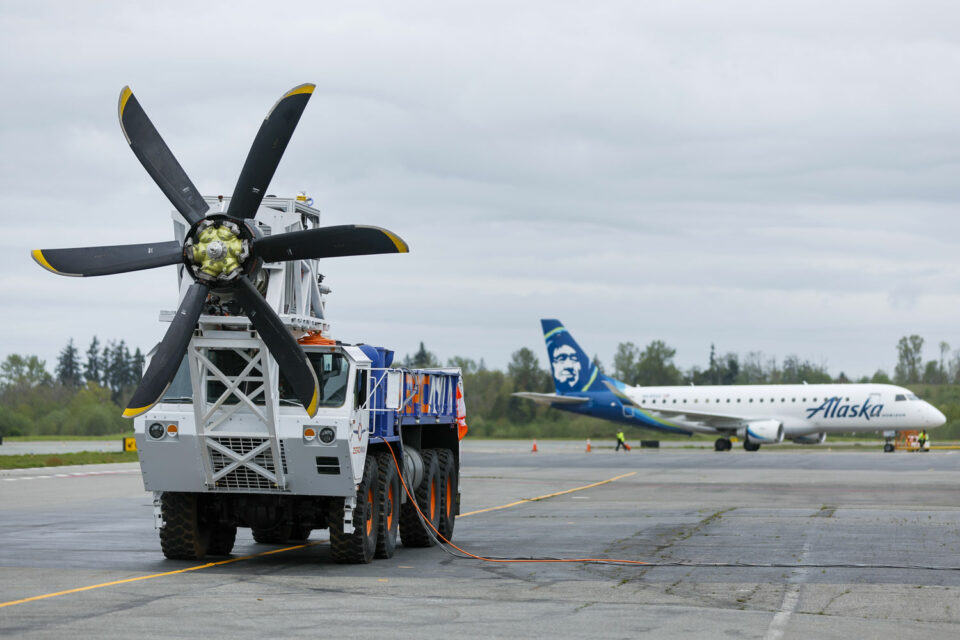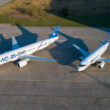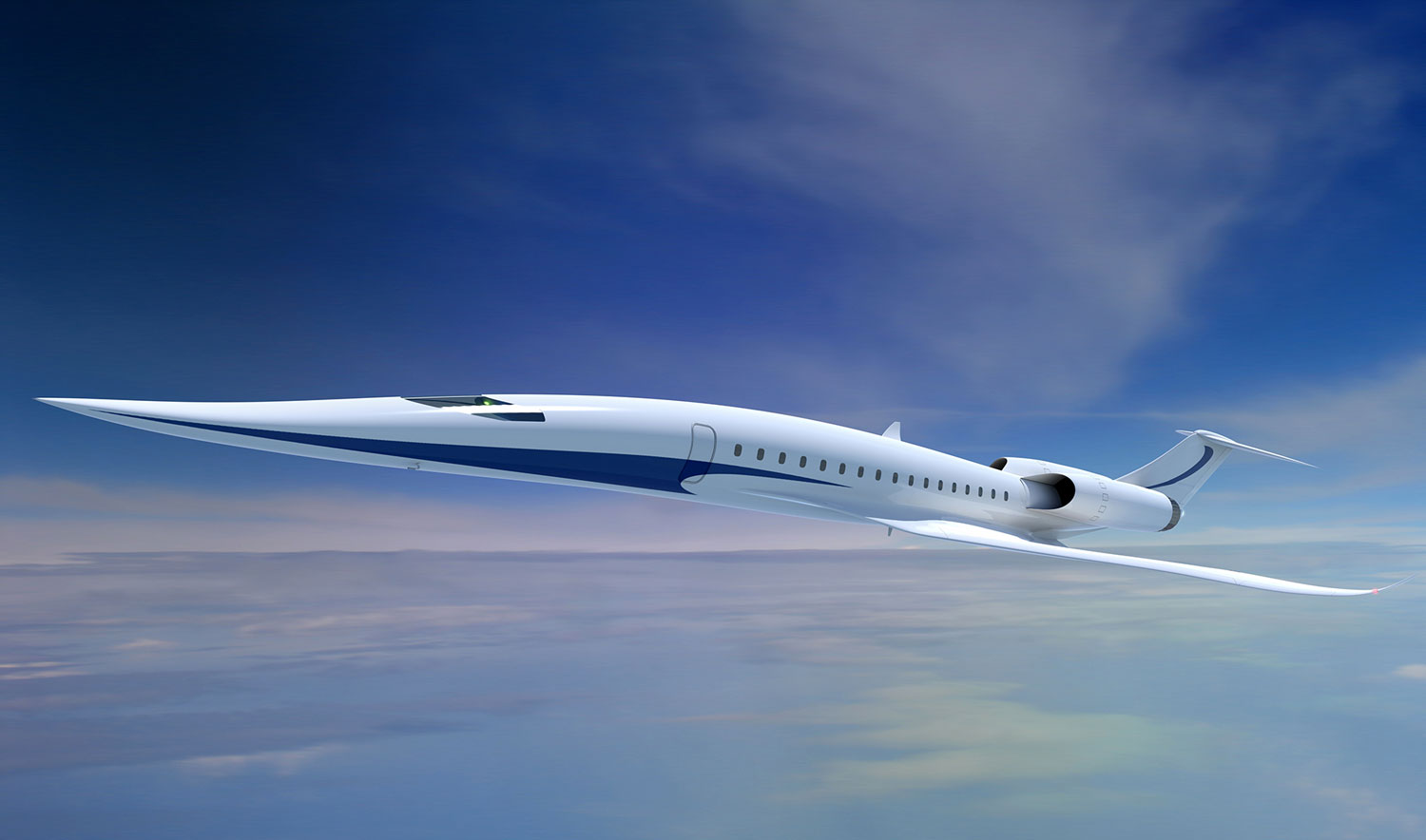One of the largest carriers in the United States, Alaska Airlines unveiled on May 1st the DHC Dash 8-400 turboprop that will be converted with a hydrogen electric propulsion system. The modification will be carried out by ZeroAvia, an Anglo-American company that signed a partnership with the airline.
The aircraft handover ceremony for conversion was held at ZeroAvia’s headquarters in Paine Field, Washington. The Dash 8 that will be modified is a retired plane in the fleet of Horizon Air, the regional division of Alaska Airlines. The aircraft was repainted with a special scheme to highlight the partnership between the companies.
Follow ADN: Instagram | Twitter | Facebook
At the same event, ZeroAvia presented its new ground test platform, the HyperTruck. It is a four-axle, 15-ton truck (check the image) that will be used in trials of electric hydrogen engines for larger aircraft, such as the Dash 8.
“This is a great step forward in aviation innovation, to help create a new future of flight – right here at home,” said Alaska Airlines CEO Ben Minicucci. “New technologies are required to make that future possible, and we’re thrilled to partner with industry leader ZeroAvia to make new zero emissions options a reality.”

The converted Dash 8 will be the largest aircraft in the world to receive an electric hydrogen engine system. That title currently belongs to the HyFlyer II based on the 19-seat twin-engine Dornier Do 228, which was modified by ZeroAvia. The same company is also working on the conversion of a Cessna Caravan, in partnership with the Textron group.
“Demonstrating this size of aircraft in flight, powered entirely by novel propulsion, would have been unthinkable a few years ago,” said Val Miftakhov, founder and CEO of ZeroAvia. “Launching this program puts us on track for a test flight next year, and accelerates our progress toward the future of zero-emission flight for Alaska Airlines and for the world at large.”
ZeroAvia’s hydrogen electric motors use so-called hydrogen cells to generate electricity from a chemical process with oxygen, which drives electric motors to move the propellers.






